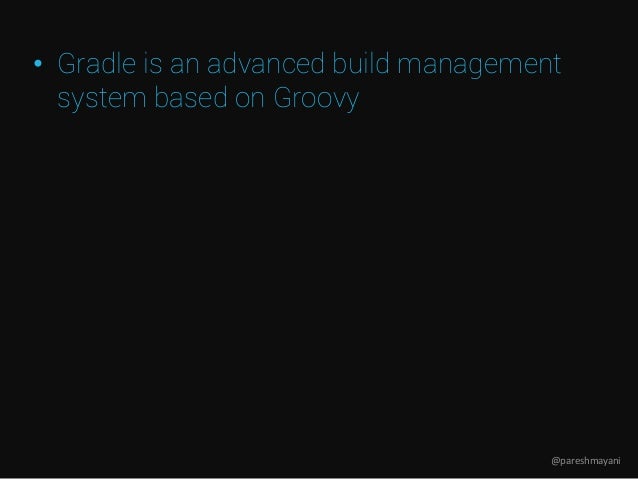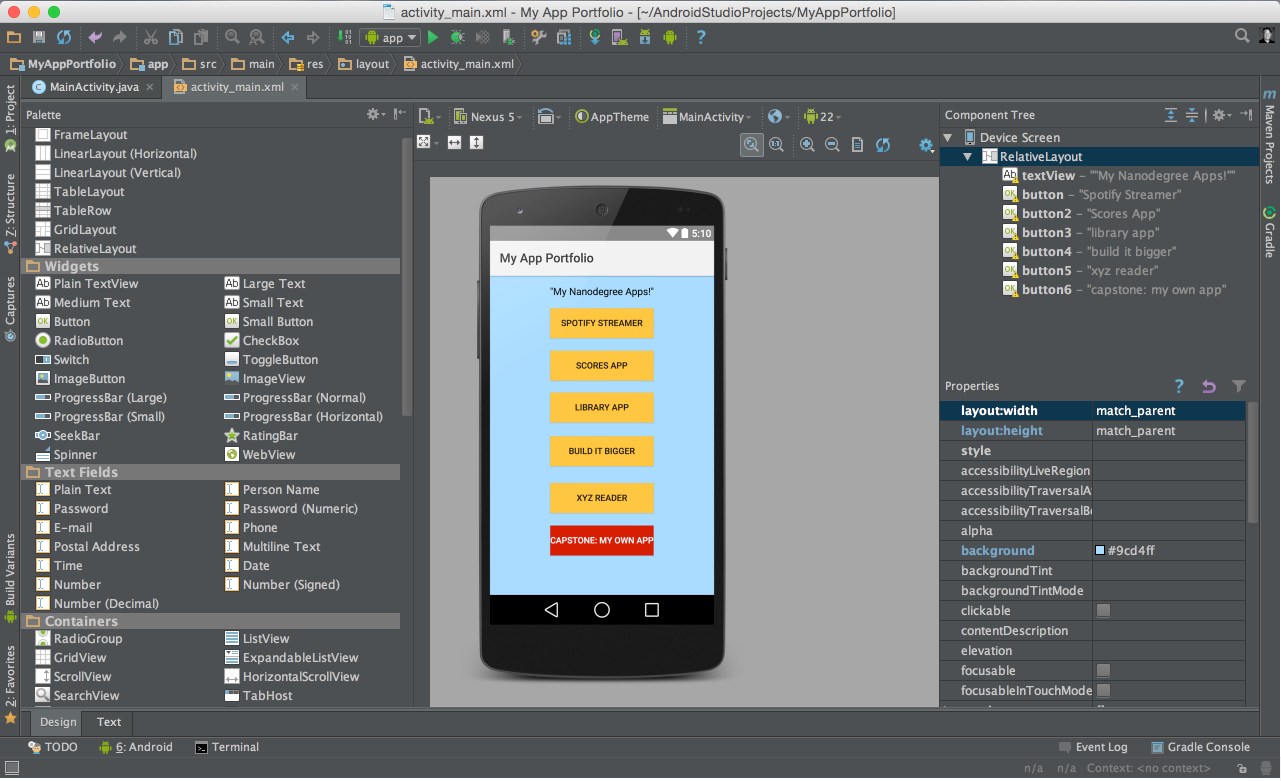
- #Android studio system.out.println how to#
- #Android studio system.out.println install#
- #Android studio system.out.println android#
- #Android studio system.out.println code#
#Android studio system.out.println android#
Reproduce the issue on the Android device and press Ctrl+C on the Terminal window to stop debugging. Enter the device ID obtained in the previous step in the place of Device ID. adb logcat -v threadtime > /tmp/android-debug.
#Android studio system.out.println install#
It’s easy to install and use, It’s extensible if you want to add a step to the execution pipeline. It was developed with Kotlin by Jetbrains. Ktor is an asynchronous open source framework for creating microservices and web applications. Coroutines were added to Kotlin in version 1.3 and are based on established concepts from other languages.
#Android studio system.out.println code#
What is a Kotlin Coroutine?Ī coroutine is a concurrency design pattern that you can use on Android to simplify code that executes asynchronously. From here, we can do everything that we can do with slf4j logger. Kotlin-logging, of course, allows us to do that: val slf4j: = logger.underlyingLogger. Kotlin-logging is a slf4j wrapper and sometimes we might want to access it directly. println() prints a new line after it prints its argument. To print with a new line in Kotlin, use println() statement. The equivalent kotlin code without using the elvis operator is below: x = if(a = null) b else a. In the above code, x will be assigned the value of a if a is not null and b if a is null. The elvis operator in Kotlin is used for null safety. + Read More Here What does ?: Mean in Kotlin? You can use Log.d(“TAG”, “message”) for example but first you need to import Log. + View More Here Kotlin Android print to console – Local Coder Prints the given message and the line separator to the standard output stream. + View More Here println – Kotlin Programming Language + View More Here android studio kotlin print to console Code Example – GrepperĪndroid studio print console … Log.println(Log.DEBUG,”debug”, “Your message to print”) … Java answers related to “android studio kotlin print to console”.
#Android studio system.out.println how to#
How to use LogCat to capture debug logs from an Android device.How do you get all the elements in a list in Kotlin?.Images related to the topicAndroid App Development Tutorial 19 – Console Logging with Log.d and Logcat | Java.Android App Development Tutorial 19 – Console Logging with Log.d and Logcat | Java.How do I print a line of text in Kotlin?.Kotlin Android print to console – Local Coder.android studio kotlin print to console Code Example – Grepper.Kotlin Android print to console – Stack Overflow.See some more details on the topic android kotlin console log here:.How do I print a log message on android?.Images related to the topicHow to check Logs and Logcat in Android Studio | Kotlin |.How to check Logs and Logcat in Android Studio | Kotlin |.One can even make it down by prviding x or y-position offset. If user want to display the toast at the top-left of the screen. tGravity( Gravity.top|Gravity.Left, 0, 0 ) It takes three parameters 1st is gravity constant, 2nd is x-position offset and 3rd is y-position offset. One can also change its position with a method setGravity() as explained below : Toast takes three parameters 1st is application context, 2nd is message as a text and 3rd is duration of the toast will pop-up. Toast toast = Toast.makeText( context, text, duration ).show() It automatically disappears after a time out.

It only fills the amount of space required for message and current activity remains visible and interactive. It provides simple feedback about an operation in small pop-up.

When you make call like above to pass into Log.d() compiler uses StringBuilder and atleast three allocation occurs : 1st the StringBuilder itself, Buffer and the String object. Log.v( TAG, “index =”+i) // Every log consists of two parameters one is tag and another is message. Log.d() : Log debug, it can be compiled in but stripped at run-time.Īll the three mentioned above are always kept. Log.v() : Log verbose, It should never be compiled into an application except during development.ī.

Static PPrintStream oout = new PPrintStream() // oout is a referance variable of class Ssystem of object PPrintStream


 0 kommentar(er)
0 kommentar(er)
